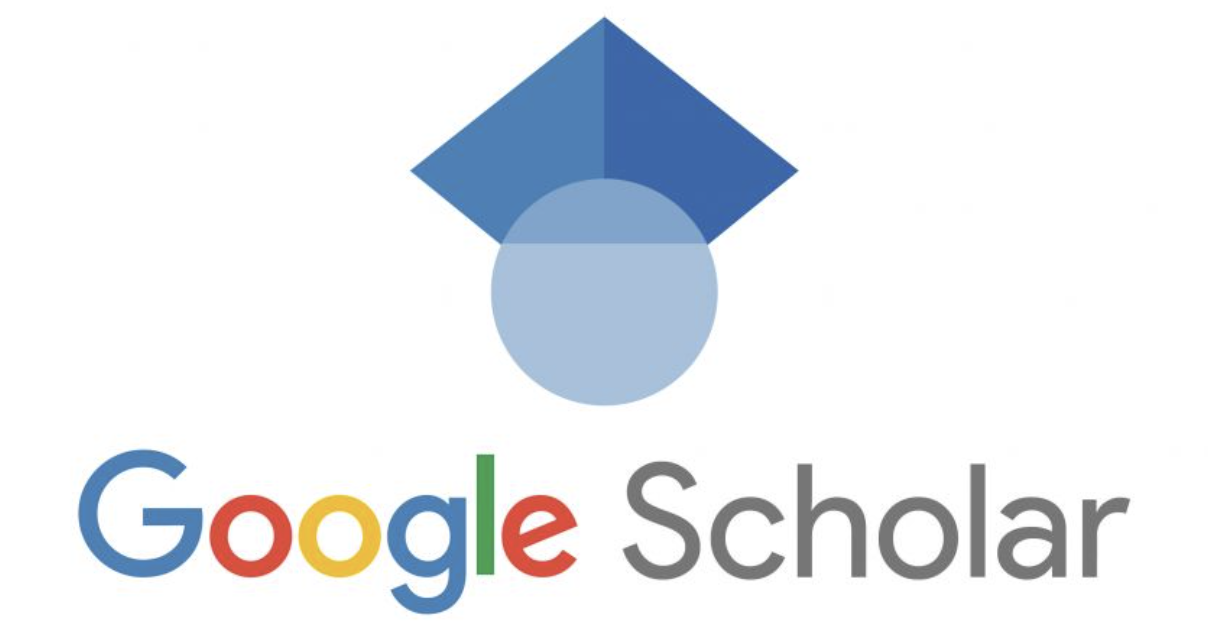Exploring Translanguaging Practices of English Teachers in Classroom Interaction
DOI:
https://doi.org/10.52217/ijlhe.v8i2.1944Keywords:
EFL Classroom, Teachers' Performance, Translanguaging, English TeachersAbstract
This study aims to explore the application of translanguaging by English teachers during learning activities. The primary focus is to identify the types of translanguaging employed by teachers, determine its frequency across different phases of learning, and examine the reasons behind its use. A descriptive qualitative method was employed, utilizing classroom observations and in-depth interviews with two English teachers as participants. The results reveal that translanguaging consistently occurred in three phases of learning: pre-activity (24 instances), core activity (65 instances), and post-activity (18 instances). Teachers primarily used translanguaging to provide instructions, explain materials, ask and answer questions, give affirmations, offer praise, and manage classroom interactions. The findings further indicate that translanguaging appeared most frequently during core activities, particularly when explaining grammar and facilitating discussions. The teachers’ reasons for using translanguaging included enhancing student comprehension, sustaining engagement, and fostering emotional connections. This study concludes that translanguaging is an effective pedagogical strategy in multilingual classrooms, as it supports students’ understanding and fosters an inclusive learning atmosphere. Nevertheless, the findings are limited by the small number of participants and the single-site context; therefore, further research with a broader scope is recommended.
References
Canagarajah, S. (2014). Translingual practice. New York, NY: Taylor & Francis.
Creswell, J. W., Hanson, W. E., Clark Plano, V. L., & Morales, A. (2007). Qualitative research designs: Selection and implementation. The Counseling Psychologist, 35(2), 236–264. https://doi.org/10.1177/0011000006287390
Dhanawaty, N. M. (2013). Perlunya pembelajaran bahasa Bali yang rekreatif di sekolah dasar multikultural dan multilingual. Madah: Jurnal Bahasa dan Sastra, 4(2), 120–130. https://doi.org/10.31503/madah.v4i2.76
Efendi, M., & Syafryadin. (2024). Translanguaging in EFL classroom: Reasons and impacts. English Education: Journal of English Teaching and Research, 9(2), 216–231. https://doi.org/10.29407/jetar.v9i2.23185
Lewis, G., Jones, B., & Baker, C. (2012). Translanguaging: Origins and development from school to street and beyond. Educational Research and Evaluation, 18(7), 641–654. https://doi.org/10.1080/13803611.2012.718488
Liando, N. V. F., Tatipang, D. P., & Lengkoan, F. (2022). A study of translanguaging practices in an EFL classroom in Indonesian context: A multilingual concept. Research and Innovation in Language Learning, 5(2), 178–191. https://doi.org/10.33603/rill.v5i2.6986
Putrawan, G. E. (2022). Translanguaging practices in EFL classrooms: Evidence from Indonesia. CaLLs: Journal of Culture, Arts, Literature, and Linguistics, 8(1), 69–86. http://dx.doi.org/10.30872/calls.v8i1.7973
Ramadhani, A. U., & Maharsi, I. (2024). Teachers’ translanguaging practice in vocational EFL classroom: An observational study. CaLLs: Journal of Culture, Arts, Literature, and Linguistics, 10(2), 154–168. http://dx.doi.org/10.30872/calls.v10i2.15479
Ratminingsih, N. M., Padmadewi, N. N., Nitiasih, P. K., Artini, L. P., & Ana, I. K. T. A. (2024). Does translanguaging enhance learning? Examining EFL students’ perceptions and success in Bali. Voices of English Language Education Society, 8(3), 195–210. https://doi.org/10.29408/veles.v8i3.27261
Riswanto, R. (2022). Exploring translanguaging as a pedagogical strategy used by the English teacher in EFL classroom setting. Jurnal Penelitian Guru Indonesia, 7(1), 96–103. https://doi.org/10.29210/021948jpgi0005
Sapitri, N. M., Batan, I. G., & Myartawan, I. P. N. W. (2018). Functions of teachers’ translanguaging in the EFL classroom at two junior high schools in Singaraja. Lingua Scientia, 25(1), 13–24. https://doi.org/10.23887/ls.v25i1.18821
Sharma, G. (2021). Addressing monolingual dispositions with translingual pedagogy. In Translingual pedagogical perspectives: Engaging domestic and international students in the composition classroom (pp. 17–38). University Press of Colorado. https://www.jstor.org/stable/j.ctv1wgvbjj
Syahputra, I. (2014). Strategi pembelajaran bahasa Inggris sebagai bahasa asing. Jurnal Penelitian Sosial Keagamaan, 11(2), 129–146. https://dev-ojs.uin-suska.ac.id/index.php/Kutubkhanah/article/view/813
Velasco, P., & García, O. (2014). Translanguaging and the writing of bilingual learners. Bilingual Research Journal, 37(1), 6–23. https://doi.org/10.1080/15235882.2014.893270














